What does the inside of the old El Chapultepec building look like?
Exposed and eroding layers of brick wall, gaping holes on the second floor and cracked wooden beams.
They're all signs of a very old, fragile structure whose future is in question.
Monfort Companies, the new owner of the historic building at 1962 Market St., has announced demolition plans. Meanwhile, city preservationists are pushing back with efforts to acquire landmark designation.
'A shell of what it once was'
Wiping away flakes of old brick within El Chapultepec with his fingers, Montfort development partner Matt Runyon walked us through the former jazz club.
“What we inherited was a shell of what it once was,” Runyon said.
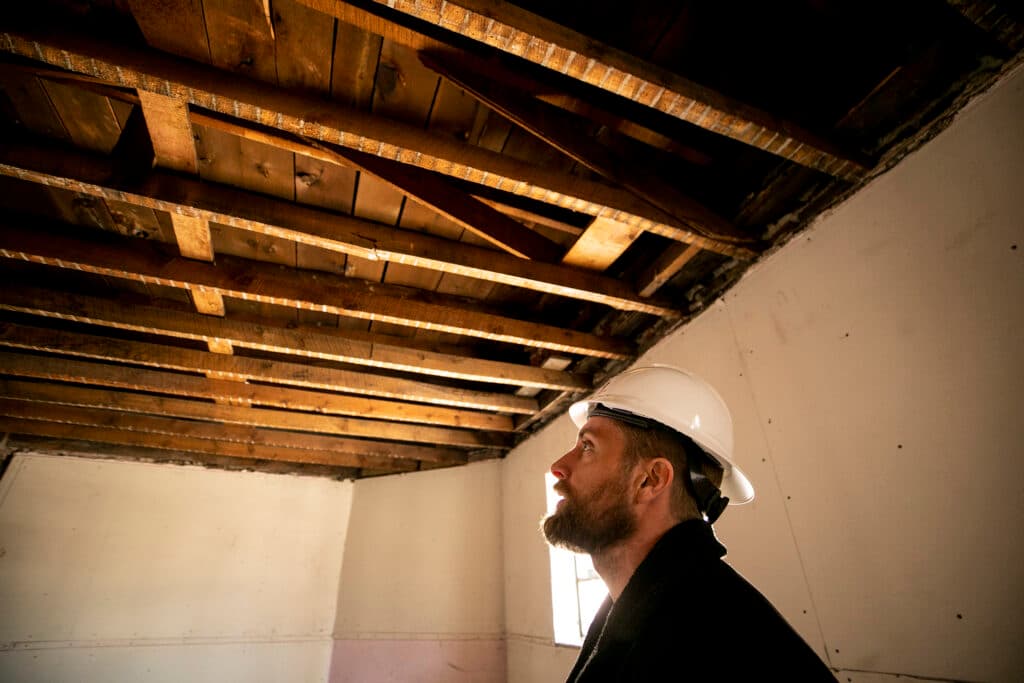
Much of what is left is the result of work done by the most recent tenant: Hussam Kayali, who goes by Valentes Corleons. (Yes, the nightclub operator behind Beta.)
After owners Anna Diaz and Angela Guerrero closed El Chapultepec for good in 2020, Corleons leased the property and looked at launching a new concept dubbed Cantina.

But he ended up removing load-bearing walls and making a lot of unpermitted electrical adjustments to the building, Runyon said.
Following an ugly tenure in the building, Corleons gave the keys back to the previous landlord in 2022.
Saving the building would be expensive and risky
Monfort later purchased the property for $5.4 million, as well as the adjacent 1320 20th St. building used by the sports bar Giggling Grizzly.
Did the developer know the conditions of the El Chapultepec building before purchasing it? Yes, Runyon said, but the speed of the decline was a surprise.
“It wasn’t just that it was a dilapidated building, because we’ve dealt with that in the past,” he said. “The issue here is how quickly it’s happening after so many years.”
Building engineer Steve Horner was on-site but declined to comment and instead referenced a November 2023 report ordered by Monfort to assess the building’s condition.
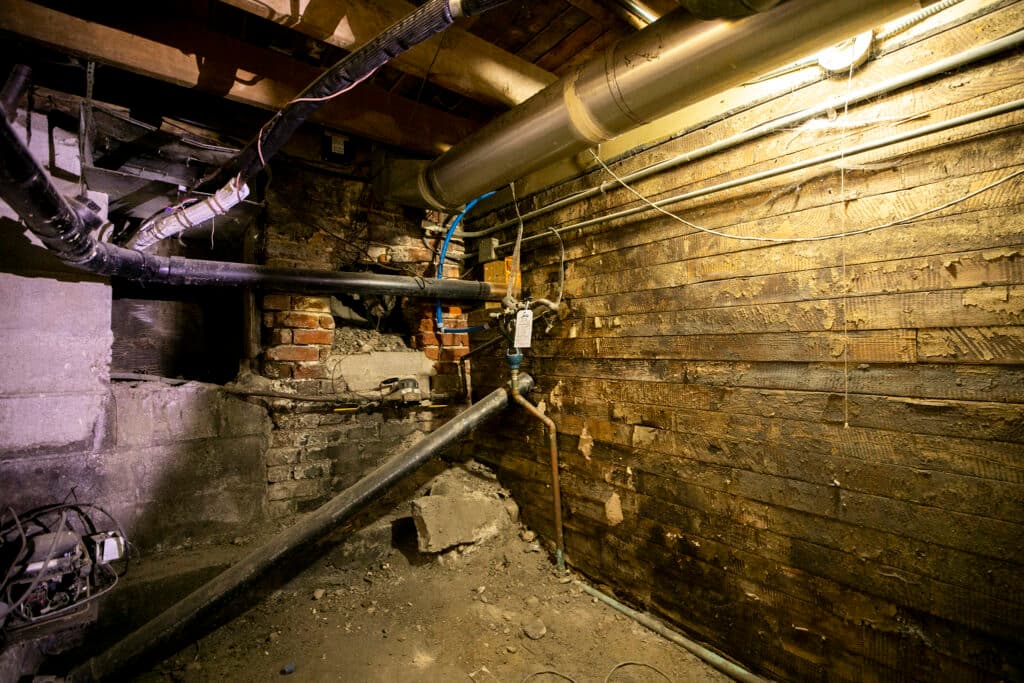
In the report, Horner concluded there were, “several areas of the structure that need immediate attention,” including significant portions of the exterior walls, the entire roof framing area, the majority of the second-floor framing. He also determined that the existing floor structure would require “complete reconstruction.”
You can read the engineer report here.
“Right now there’s a conversation about trying to save something that is just not possible to save,” Runyon said. “One, the business that everybody loved left a long time ago, and two, these walls have gone through 130 years of degradation.”
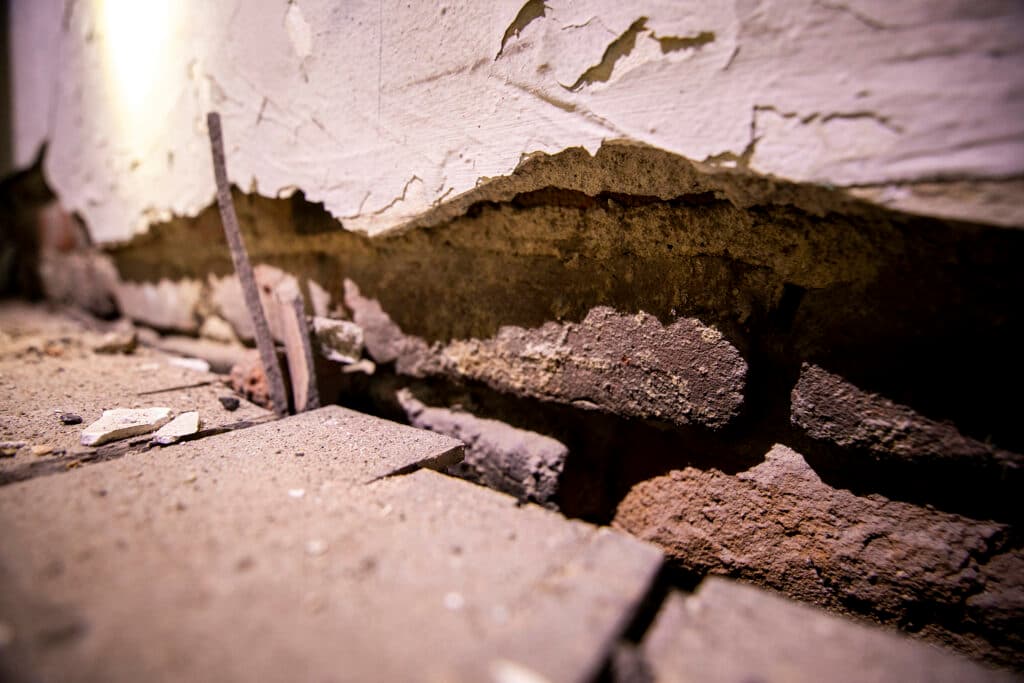
An estimated cost for shoring up the building is at about $1.7 million, Runyon said, in addition to the floor plan that Monfort has in mind for the future. The process of restoring the structure would also come with a "pretty high" risk of losing the building, Runyon said.
“We don’t take lightly our responsibility in buying this building,” Runyon said. “We have to recognize the other side of the coin which is that we have a responsibility to keep people safe first and foremost. There’s no way for us to successfully do that with the building that stands here today.”
'Pec and Denver history lovers aren't stepping down yet, though
Standing in front of the old “Cantina” sign, Jill Carstens reminisces on its glory days inside.
“There was never a cover,” Carstens said. “If you wanted to have a glass a beer or burrito and listen to jazz, you could come in.”
Carstens was one of the patrons frequenting The Pec in the late 1980s. That first visit is recorded in Carstens’ recently published memoir that details some of those days in the 1980s when she searched for places of belonging and culture.
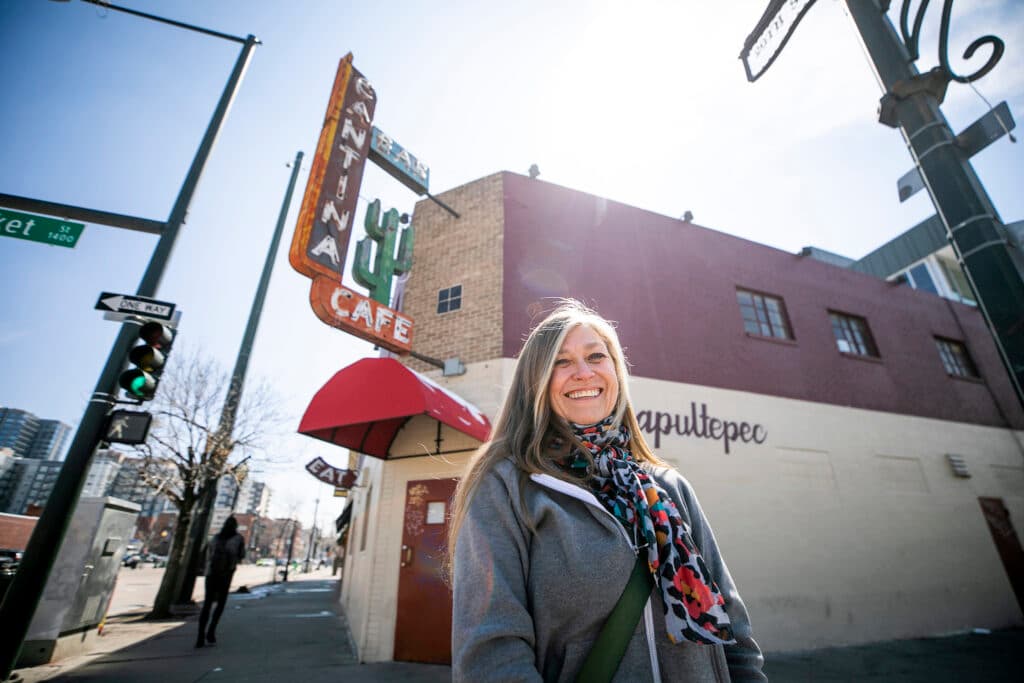
Now she's organizing a rally on Friday, March 29, in a show of support for preserving the El Chapultepec building, inspired by Historic Denver’s decision to file a landmark designation before a demolition permit is granted.
“(The goal is) to show that residents care,” Carstens said. “Not only to show support of our culture and physical history, but also to set an example of starting new conversations about including citizens and residents in how we are developing the city.”
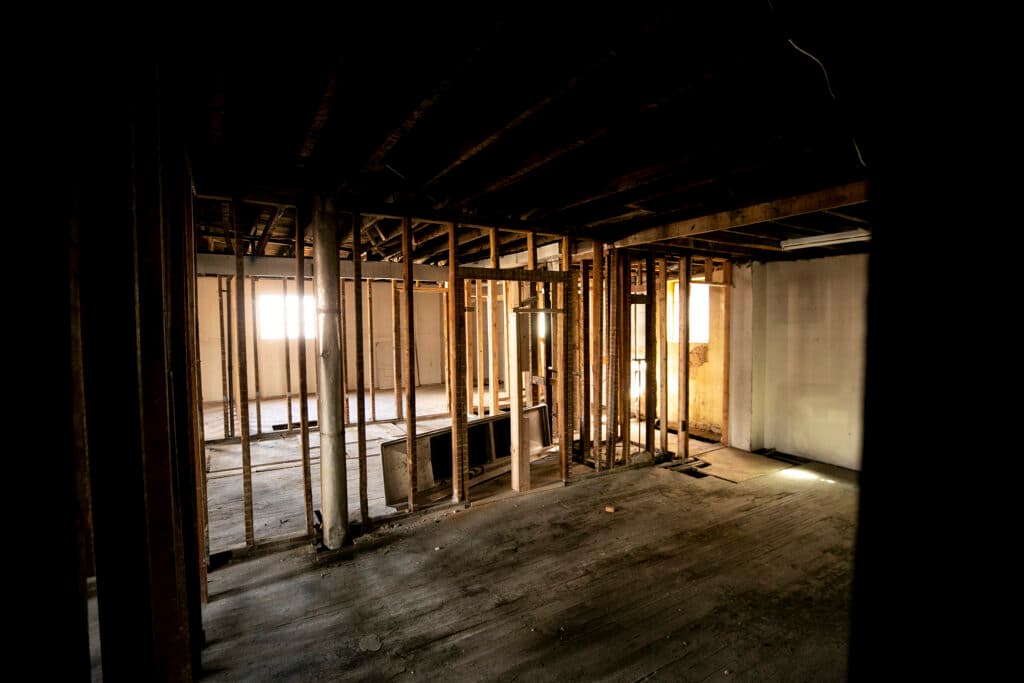
A longtime Denver resident and writer, Carstens remembers the days of El Chapultepec as a staple gathering place for a young city with very few cultural spaces like it.
Fast forward to the present, Carstens has been “bruised” by years of development and demolition along Tennyson Street, a neighborhood in which she has lived for 27 years. She sees this as just another opportunity for meaningful conversation about how residents wish to see their city be developed.
“I do think there is a way to blend the past, present and future without completely obliterating the past,” Carstens said.












